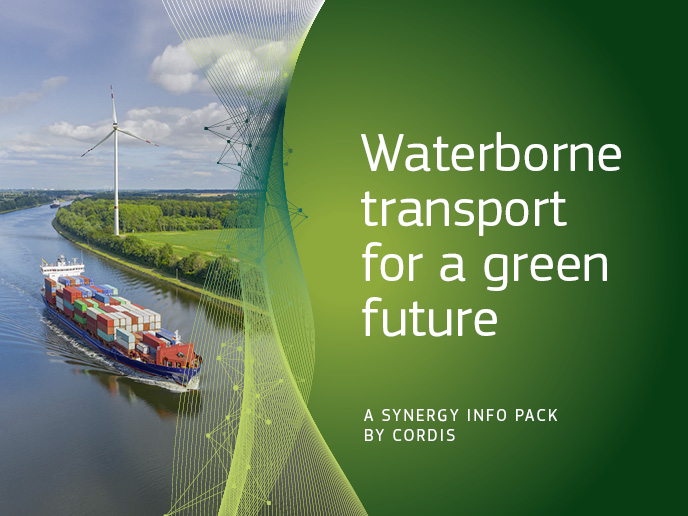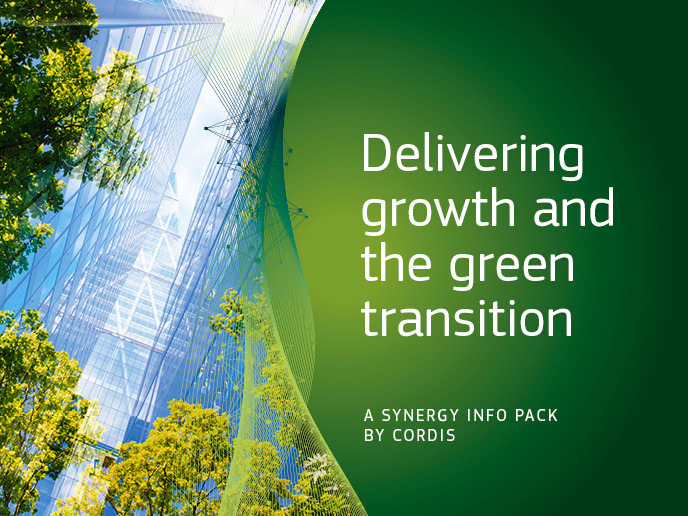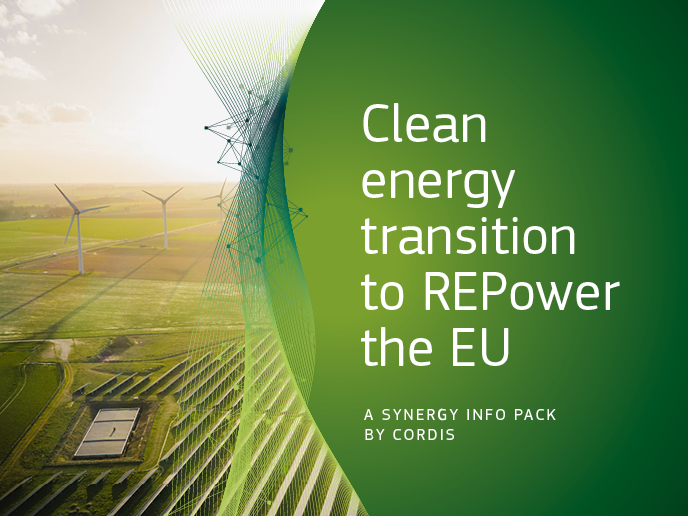Predicting fluctuations in renewable energy generation
As anyone who’s ever experienced a summer in northern Europe knows: weather can be changeable. This natural volatility poses a challenge for the renewable energy industry. With so many new generation sources such as solar panels and wind parks being connected to electricity grids, too much wind and sun risks an overload. Grid operators therefore have to cut some of these decentralised inputs off to ensure safety of the overall network and avoid energy congestion. This stop-start activity is inefficient and can lead to expensive imports of electricity at the last minute. These issues limit the share of renewable energies in Europe’s power mix, and as the European Commission has set a goal of 40 % renewables by 2030(opens in new window), solutions are needed. Current control room systems aren’t designed for the flexible, proactive management needed to exploit Europe’s potential for green energy to the full.
Software could help grid operators anticipate energy flows
An EU-funded project, FuturePowerFlow(opens in new window), developed a new piece of software that could play a major role in this transition. FuturePowerFlow analyses weather forecasts, grid information, historic demand data and the location and status of renewable plants to predict future energy flow. Grid operators can see highly detailed information about the next 48 hours and adjust their networks accordingly. “Instead of just reacting to demand, FuturePowerFlow enables grid operators – for the first time ever – to proactively plan and manage the integration of decentralised renewable assets into their grid,” says Yannick Zytur(opens in new window), an industrial engineer at Energy & Meteo Systems(opens in new window) and FuturePowerFlow project coordinator.
Innovative modular software solution
FuturePowerFlow uses a powerful algorithm to produce its predictions, but is simple to use and combines easily with existing grid infrastructure. “The integration of the system into the data centres of the grid operators can be pretty complex, but does not need to be,” explains Zytur. “We have gained a lot of experience regarding this.” The system can be installed on-site, which means the hardware and infrastructure are provided by the grid operator’s existing IT system. Alternatively, customers can use the software through the cloud, with all hardware and infrastructure being housed in Energy & Meteo Systems’ own data centres. The software lets grid operators see when and where energy congestion may occur, and carry out precise actions to avoid it – all within one simple interface. Certain actions can be scheduled, allowing for greater control over individual energy sources. The platform is modular, and therefore easily adaptable to the specific requirements of each user. These modules include grid analysis, which provides calculations on energy loads and congestion, and accounting services such as calculations of lost energy. Another module offers seamless communication with plant operators.
Expanding across Europe
During the project, the FuturePowerFlow team worked on improvements to the system, including integrating unique customer requests, solving bugs within the programme and setting up a support team. “The feedback is very positive right now,” says Zytur. The programme has already entered the market in Germany, and the team wants to expand into other European countries.







